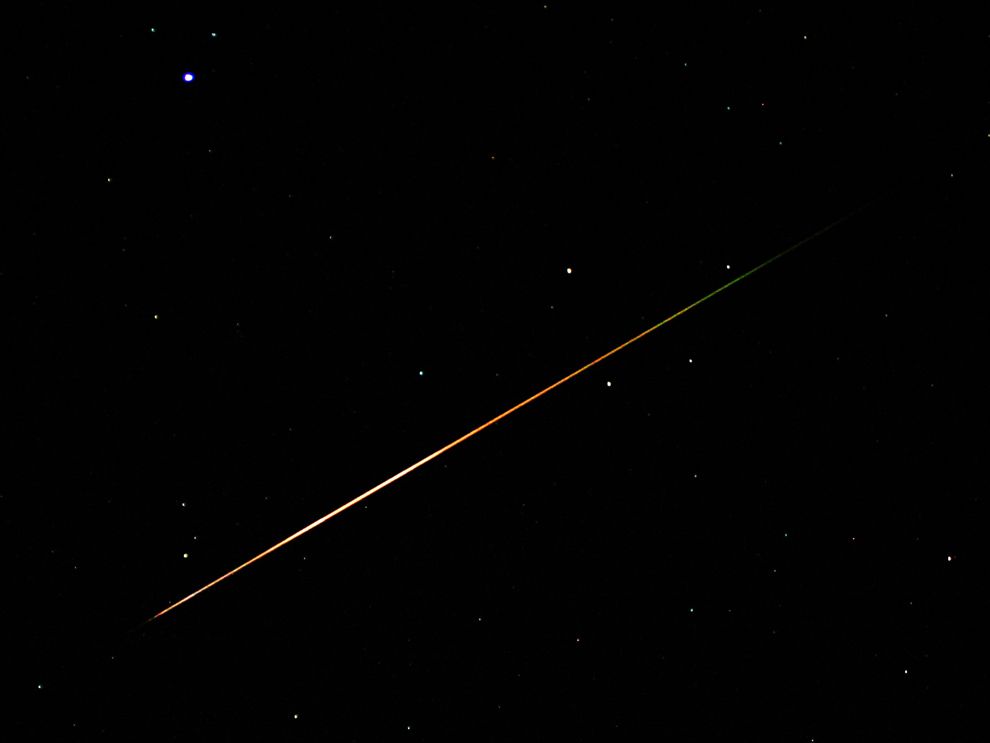

However, you don't need to look in the direction of Perseus to see shooting stars. During August it’s high in the eastern night sky after dark. In the case of the Perseids, that’s the constellation of Perseus, one of the larger northern constellations. They don’t have anything to do with the constellation all-star they are named after, but instead just appear to originate in that region of the sky. Why are they called the Perseids?Īll major meteor showers are named after a particular constellation, or sometimes, even a particular star. What you’re seeing are meteoroids entering Earth’s atmosphere at high speeds-the Perseids travel as quick as 37 miles/60 kilometres per seconds-on parallel trajectories. They light-up as they discharge the energy gained from striking the atmosphere. Even then, you’ll still likely see “shooting stars.” What is a ‘shooting star?’Īlso known as “falling stars,” these fast-moving “stars” that light-up brightly and then quickly dim are caused by particles, dust and small rocks-mostly no bigger than a smaller than a grain of sand-striking the Earth’s atmosphere about 60 miles/100 kilometers up. So although its probably not worth staying up all night to see meteors, you should definitely begin about 90 minutes after sunset-by which time it will be really dark-and continue through until the Moon rises and noticeably bleaches the night sky. There will be plenty of meteors before that time. The peak is a brief period of heightened meteor activity, but it’s not the whole ball-game. There will be a bright 47% illuminated Last Quarter Moon rising after midnight right when the peak of the Perseids is predicted. getty Best time to see the Perseid meteor shower Lie back, relax, and you'll see Perseids. You will see them if you lose yourself in the experience. Seeing shooting stars demands intense patience and an almost obsessive and dream-like state. If you don’t see any shooting stars and you start getting irritated, you’re doing it wrong. If it clouds over, forget it: seriously, there’s nothing to see if that happens. Get some sleep and prepare for tomorrow night!.Don’t look at your phone: you need dark-adapted eyes.Otherwise you may as well not bother.Stay still and be patient: sit in a lawn chair, or lie on the ground, preferably with a friend so you can be still and chat without getting doubts.

Obviously that restricts your wide-field view, but hey, you can’t have everything. So observe from somewhere where a building blocks out its light. Put the Moon behind something: once the Moon rises you’ll want to keep its light away from your eyes.Find a place with a nice wide view of the sky: your peripheral vision is excellent, so make sure there are as few trees/canyon walls/whatever as possible blocking your view.You can also start looking as soon as it gets dark. Also consider that you may only have one clear night in “Perseids week”-so use it! Don’t fixate on the peak night: have a look a few nights before and after the peak-particularly after the peak because that’s when the Moon will rise later each night, and be out of the way by August 17.Wait for a clear night: the hours either side of midnight on August 11, 12 and 13 will be the best times to look.Here are some tips gleaned from years of stargazing and meteor shower-watching:
#Seeing shooting stars how to
How to see the most shooting stars during the Perseid meteor shower

What’s the outlook for the Perseid meteor shower in 2020? However, astronomers know that it’s not going to hit us in the next couple of thousand years. Its nucleus is 16 miles/26 kilometers in diameter, which is much bigger than the dinosaur-killing asteroid that struck Earth 66 million years ago. (Photo by Ethan Miller/Getty Images) Getty Images Could Comet Swift-Tuttle one day hit Earth?ĭiscovered in 1862, Swift-Tuttle is the largest Solar System object to repeatedly pass close to Earth, aside from the Moon. Sisters (R) in Bryce Canyon National Park, Utah. A Perseid meteor streaks across the sky between the hoodoos named Thor's Hammer (L) and the Three.


 0 kommentar(er)
0 kommentar(er)
